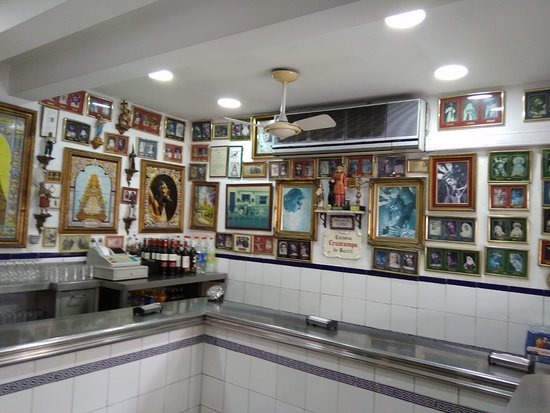Melilla
WELCOME TO Melilla
Province Overview
Melilla
12.3 km2
85,316
Spanish
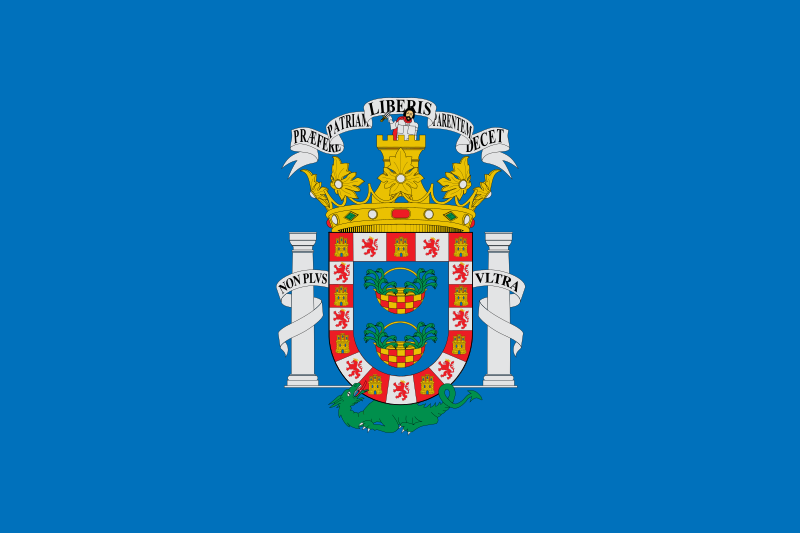
Popular
Geography and Tourist Attractions
Information about the province's tourist attractions, including popular destinations, events, and activities.
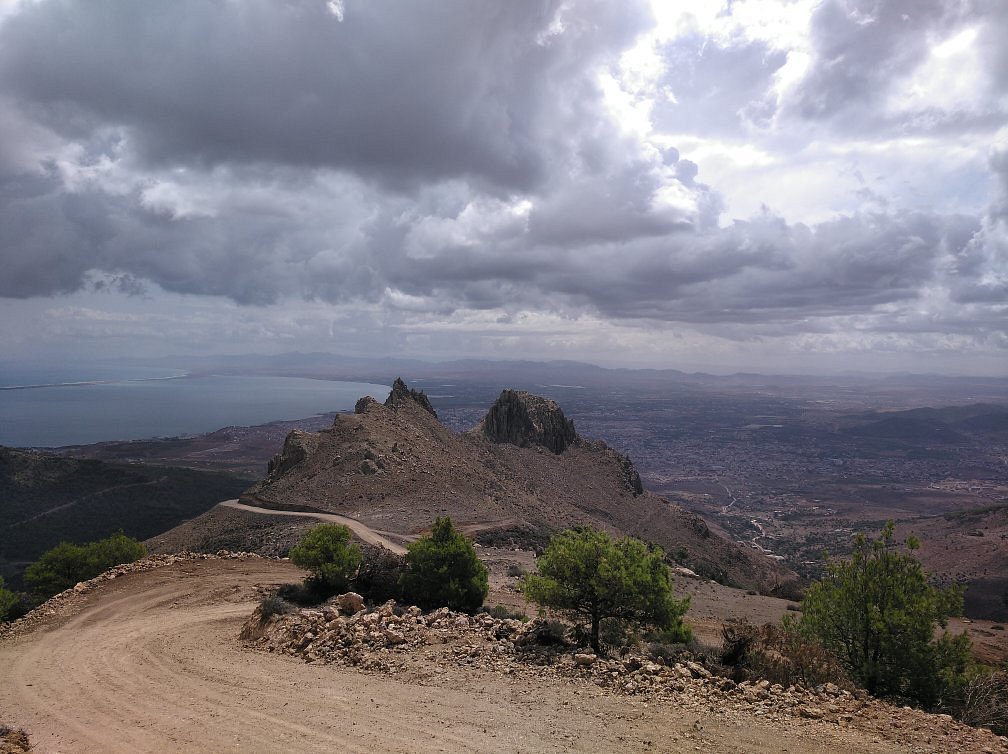
Mount Gurugú

Melilla La Vieja
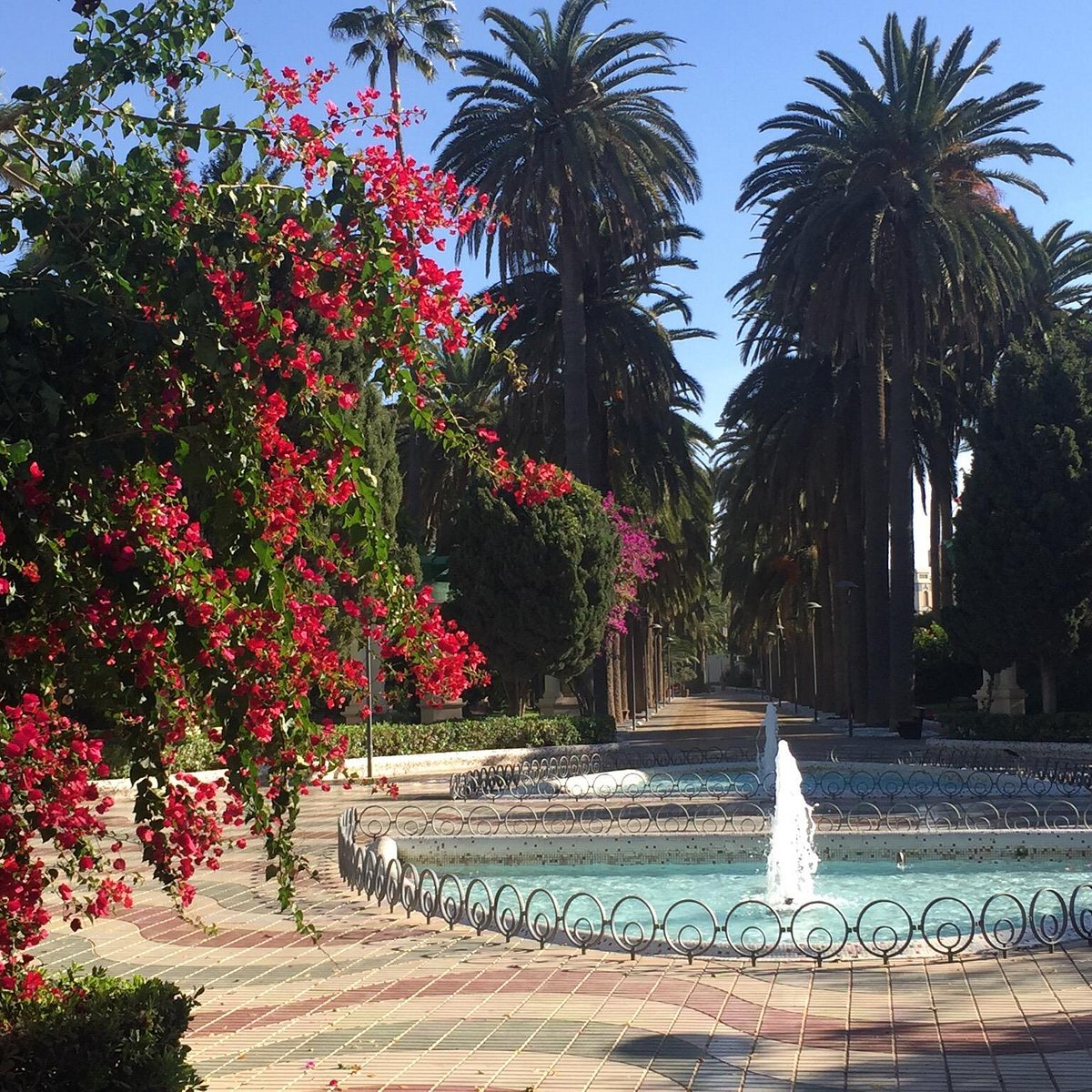
Parque Hernández
Political
Economy and Government
Melilla is an autonomous city located on the north coast of Africa, bordering Morocco. Its economy is based on trade, services, and tourism, with the city serving as a duty-free port and a hub for commercial activities. Melilla's government is headed by a president, who is appointed by the Spanish king upon recommendation of the Spanish government. The city is represented in the Spanish parliament by one deputy and two senators. The local government consists of a municipal council, which is elected by the city's residents every four years. The council is responsible for managing the city's affairs, including public services, transportation, and urban planning. Melilla's status as a Spanish territory located on the African continent has led to unique challenges and opportunities, with the city serving as a bridge between Europe and Africa.
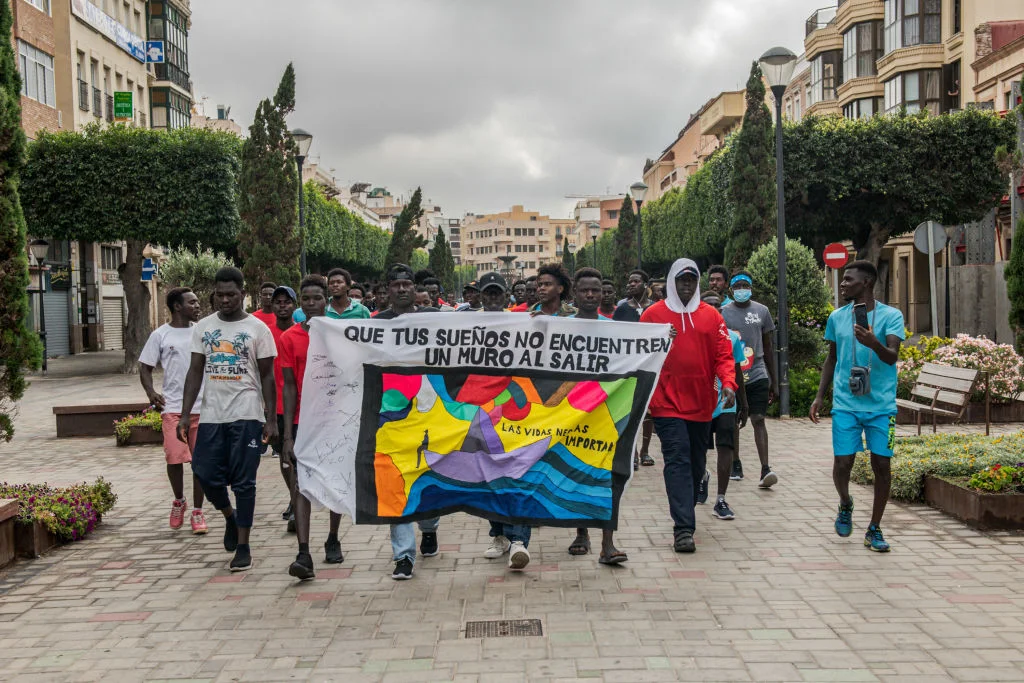
History
History and Culture
Melilla's history dates back to the Phoenicians, who founded a settlement in the area in the 7th century BC. The city's strategic location at the crossroads of Europe and Africa led to its occupation by various civilizations throughout history, including the Romans, the Vandals, and the Byzantines. During the 16th century, Melilla became part of the Spanish empire and was fortified against attacks from the Berber tribes of the surrounding region. In the 19th century, the city's population grew with the arrival of Spanish settlers and Jewish immigrants from Morocco, who established a vibrant community in Melilla's old town. Melilla played a significant role during the Spanish Civil War and was heavily bombed by Franco's forces. In 1995, Melilla was granted the status of an autonomous city, with its own government and parliament. Melilla's cultural heritage is reflected in its architecture, which blends European and African influences, as well as in its museums, festivals, and cuisine. The city is known for its colorful street art, its lively markets, and its unique mix of Spanish, Moroccan, and Jewish cultures.
HOTELS
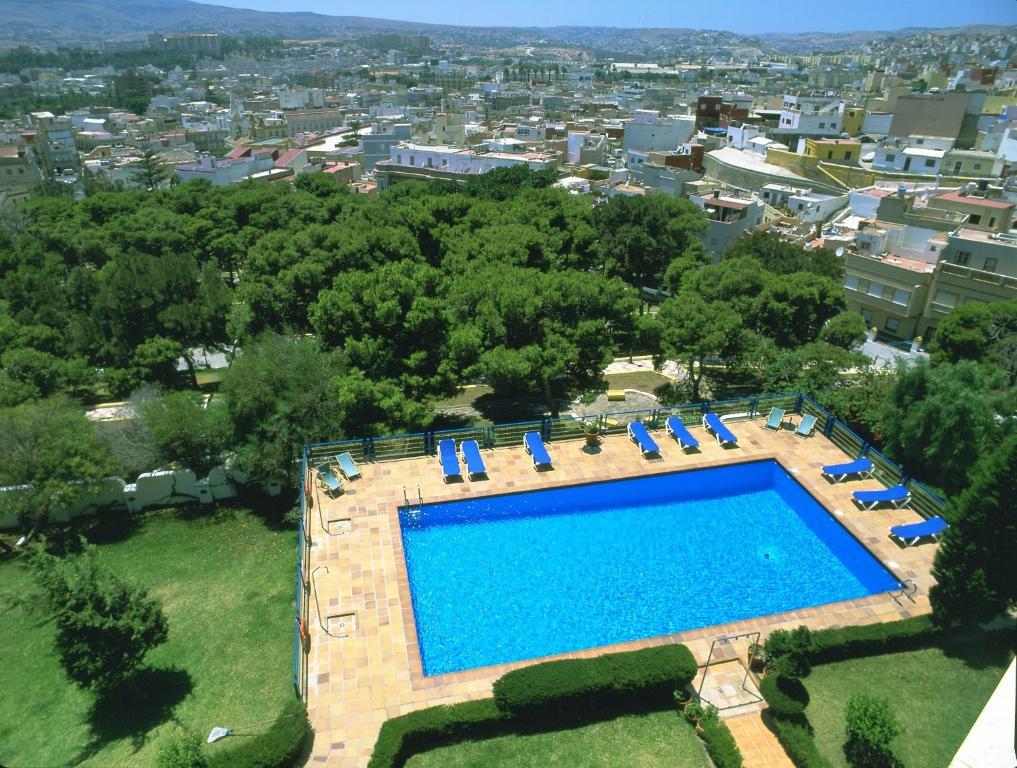
Parador de Melilla
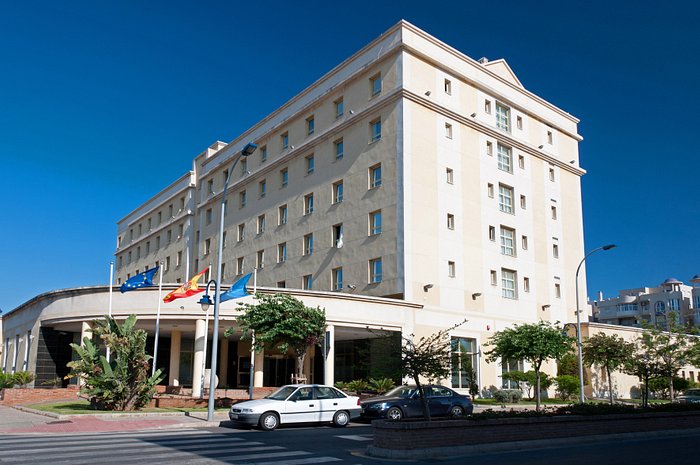
Tryp Melilla Puerto Hotel
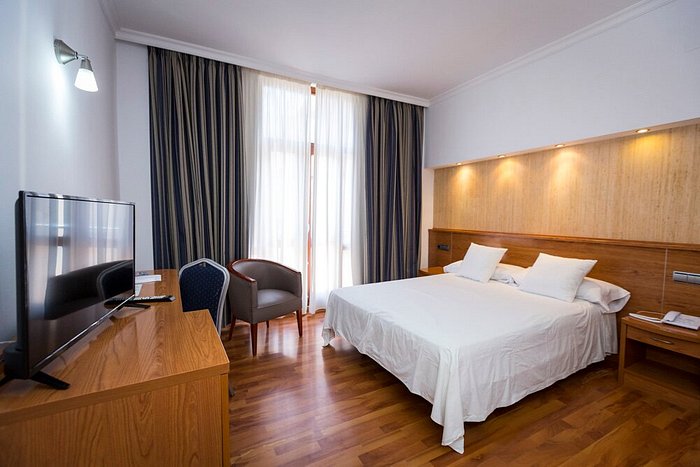
Rusadir Hotel
RESTAURANTS
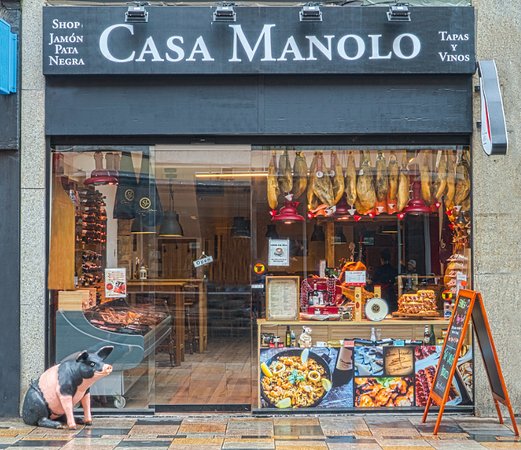
Casa Manolo

El Aljibe
